Bb12.1
The beginning of line Bb12 seems to have been designed to coincide
with day 3 after Bharani / Zuben Elgenubi.
Looking in the other direction: 121 (→
Bharani, *41) - 3 = 118 (April 28),
and here the Sun in form of the Opener of the Way (→
Upwaut
→ Lupus)
... At the beginning of 44 B.C. - when Ceasar was still alive -
the Senate decided to raise statues of him in all the temples
and to sacrifice to him on his birthday in the month
Quintilis, which in honour of him was renamed July. He was
raised to the status of a god (among the other gods of the
state) under the name Jupiter Julius. Marcus Antonius, who this
year was consul together with Caesar, became high priest and
responsible for the ceremonies. In the middle of February, at
the time of the old feast of Lupercalia [Lupus =
Wolf], he ran around naked and whipped the Roman ladies with
thongs made from goat-skin [februa], in order to promote
their
fertility ...
would have reached
the fixed star closest to Mother Earth, viz.
Toliman (*221 → 121 + 100 →
*41 + *183 - *3), where he evidently was going to be
speared. *221 + *6 (→ days to
live alotted to Menkaure)
= *227 → 22 / 7 → 3.14 → π
→ the universal measure for half a
circle.
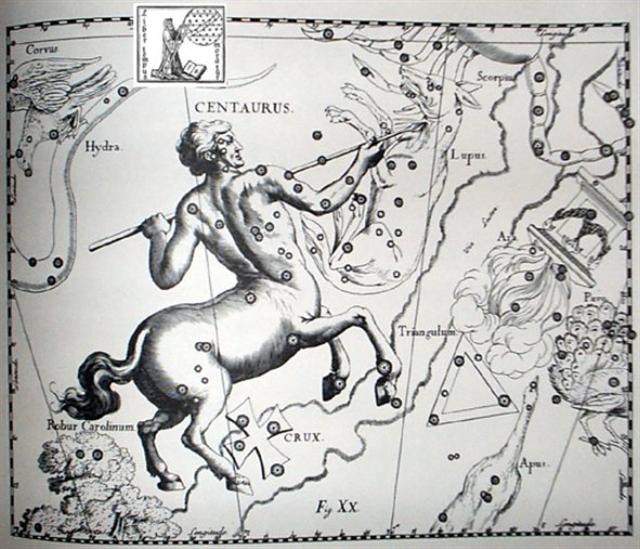
 |
 |
 |
 |
 |
 |
|
Bb11-35 |
Bb11-36 |
Bb11-37 |
Bb11-38 |
Bb11-39 (457) |
(2 * 229) |
|
Oct 25 |
26 |
27 (300) |
28 |
29 (78 + 41 +
183) |
30 |
|
τ
Lupi,
δ
Oct. (218.1),
φ
Virginis (218.7)
FOMALHAUT (α Piscis Austrini) |
σ
Lupi (219.1),
ρ
Bootis (219.5),
HARIS (Keeper) =
γ
Bootis
(219.7) |
σ Bootis (220.2),
η Centauri (220.4)
*179.0 = *220.4 - *41.4 |
ρ Lupi (221.0),
TOLIMAN = α Centauri
(221.2), π Bootis (221.8), ζ Bootis (221.9) |
31 Bootis
(222.0),
YANG MUN (South Gate) =
α
Lupi
(222.1),
RIJL AL AWWA (Foot of the Barker) =
μ
Virginis
(222.5),
ο
Bootis (222.9) |
IZAR (Girdle) =
ε
Bootis
(223.0),
109 Virginis,
α
Apodis (223.3),
μ
Librae (223.8) |
|
"Sept 15 |
16 |
17 (300 - 41
= 259) |
18 (260 = 20 * 13) |
19 (261 =
9 * 19) |
20 (*182) |
|
Aug 10
(222) |
11 |
12 (300 - 76 = 224) |
13 (225 =
15 * 15) |
14 (261 -
35 = 226) |
15 (227) |
 |
 |
 |
 |
 |
 |
|
Gb8-2
(214) |
FEBR 21 (52) |
22 (413 + 5) |
TERMINALIA |
(229 + 218
= 447) |
(448 = 7 * 64) |
|
ξ Arietis (35.0),
ρ Ceti (35.4), 12 Trianguli
(35.8), ξ² Ceti (35.9)
*360.0 = *35.4 - *41.4 |
σ Ceti (36.9) |
ν Ceti (37.9) |
ν Arietis (38.5), δ, ε Ceti (38.8) |
μ
Arietis (39.4),
HEAD OF THE FLY = 35 Arietis
(39.6),
KAFFALJIDHMA (Part of a Hand) =
γ
Ceti,
θ
Persei (39.8)
*363.0
= *39.4 - *41.4 |
π
Ceti,
ο
Arietis (40.0),
ANGETENAR (Bend in the River) =
τ¹
Eridani,
μ
Ceti (40.2),
RIGHT WING = 39 Arietis
(40.9) |
|
"March 15 |
16 |
17 |
18 |
19 (78) |
20 (*364) |
|
...
Ecclesiastically, the equinox is reckoned to be
on 21 March (even though the equinox occurs,
astronomically speaking, on 20 March [*364] in
most years)
... ... I became
interested in what really happened at March 15
and reopened Henrikson to find out: Caesar was
forewarned of the threat by the prophet
Spurinna, who told him that a great threat was
coming at Idus Martiae or just
before. The day arrived and Caesar was still
living. He was walking to his meeting with the
Senate when he happened to encounter Spurinna
and told him jokingly that he was still alive.
Spurinna calmely answered that the day had yet
not ended. The Romans divided their months in
two parts and the dividing point was Idus,
which in some way was connected with full moon.
March 15 was the midpoint of March, which is
close to spring equinox. The old agricultural
year defined the beginning of the year to the
time when sun returned, and it was connected
with Mars ... |
|
ka tu
te Rei - a matagi - ma te hokohuki - ma te ua |
hakatu te Rei a matagi - ma te hokohuki ma te ua |
ihe
haki tua pu |
ma to rutu |
|
Haki. Certainly.
Churchill.
... When this
tremendous task had been accomplished Atea
took a third husband, Fa'a-hotu, Make
Fruitful. Then occurred a curious event. Whether
Atea had wearied of bringing forth
offspring we are not told, but certain it is
that Atea and her husband Fa'a-hotu
exchanged sexes. Then the [male] eyes of Atea
glanced down at those of his wife Hotu
and they begat Ru. It was this Ru
who explored the whole earth and divided it into
north, south, east, and west ...
Rutu. 1. To read, to recite, to
pronounce words solemnly; he-rutu i te kohau
motu, to read the rongorongo tablets;
hare rutu rogorogo mo hakama'a ki te ga poki ite
kai, i te rogorogo, rongorongo school, house
in which children were taught reading and
writing the rongorongo signs. 2. To pelt with
stones. 3. To gather in great numbers (of
people). Vanaga. Sound. Rutu-rongorongo =
the sound of recitation. Barthel. T. Beat.
Henry. To recite; tae rutu, irreverence.
Churchill.Pau.: rutu, a drum. Mgv.:
rutu, to beat, to cause to resound. Ta.:
rutu, a drum, to drum. Mq.: utu, to
drum. Sa.: lutu, to shake a rattle.
Churchill.
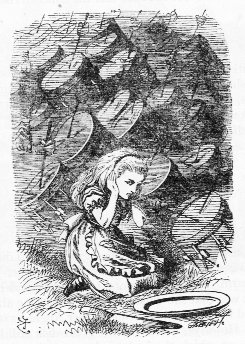 |
Metoro's ihe haki tua pu thus ought to mean 'the
point (ihe) which certainly (haki) marked
the beginning of the back side (tua) of the open
(pu) half of the year':
|
 |
 |
|
μ
Arietis (*39.4) |
pu |
Normally, my experience tells me, you will get a fair
warning in form of a sudden forceful windgust (Swedish:
regn-vinden, the rain-wind) just before a shower of rain (ûa):
|
 |
 |
 |
|
Febr 24
(420 → 7 * 60) |
Bb6-8 (421
+ 211) |
SITULA
(*342) |
|
ki to maitaiki - e mai tae harehare matagi -
ku kikiu - koia i te matagi |
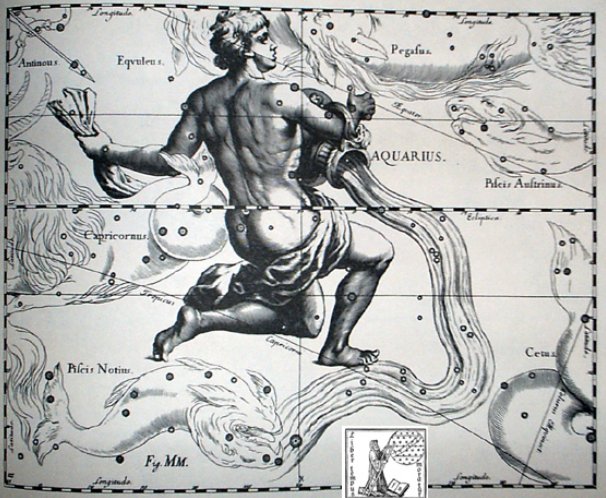 |
 |
 |
 |
|
Bb11-41 |
Bb11-42
(460) |
Bb11-43 |
|
Oct 31 |
Nov 1 |
2 (306) |
|
Al Zubānā-14a (Claws)
/
Visakha-16 (Forked)
/
Root-3 (Badger)
ZUBEN ELGENUBI (Southern Claw) =
α
Librae
(224.2),
ξ
Bootis,
ο
Lupi (224.5) |
KOCHAB (Kakkab)
= β Ursae Min. (225.0),
ξ Librae (225.7) |
KE KWAN (Cavalry Officer) =
β Lupi
(226.3),
KE KWAN =
κ
Centauri (226.4),
ZUBEN ELAKRIBI (Claw of the Scorpion) = δ
Librae
(226.8),
π¹
Oct.
(226.9)
*185.0
= *226.4 - *41.4 |
|
May 1
(121) →
Beltaine |
2 |
3 |
|
'April 4 |
5 (95) |
6 |
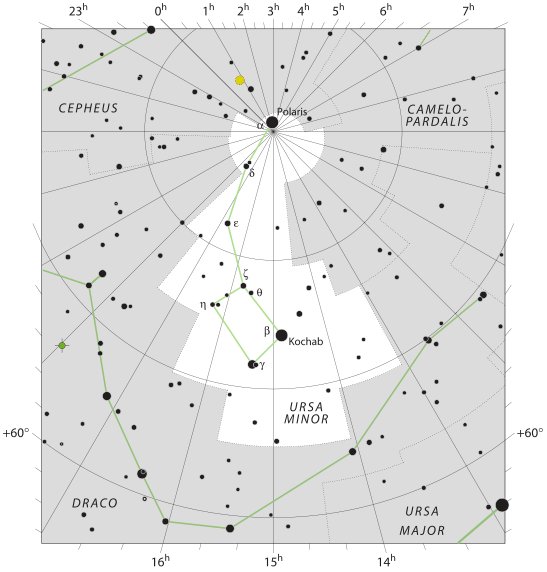 |
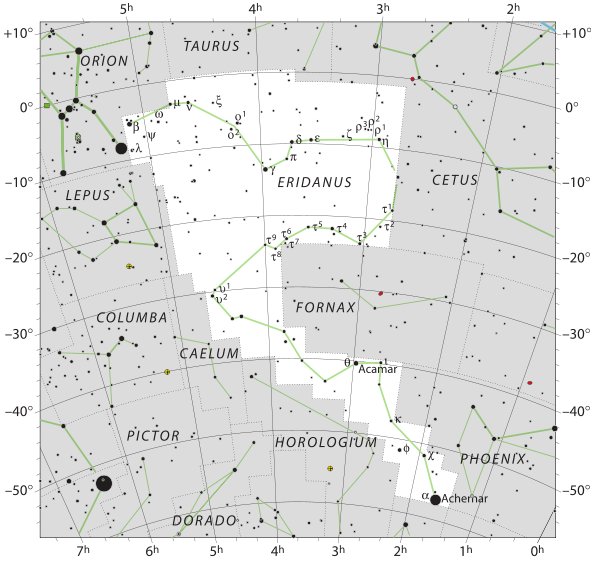 |
|
Bharani-2 (Yoni)
/
Stomach-17 (Pheasant)
π
Arietis (41.2),
MIRAM (Next to the Pleiades) =
η
Persei
(41.3),
BHARANI = 41 Arietis (41.4),
τ²
Eridani,
σ
Arietis (41.7) |
TA LING (Great Mound) = τ Persei (42.4)
*1.0 = *42.4 - *41.4 |
ρ
Arietis (43.0),
GORGONEA SECUNDA =
π
Persei
(43.5),
ACAMAR (End of the River) =
θ
Eridani
(43.6),
ε
Arietis (43.7),
λ
Ceti (43.9)
DENEBOLA (β Leonis) |
|
"March 21 |
22 (81) |
23 |
|
ko te tagata - vero - i to ia - kua vero - i
to ia |
|
... A
vestige of the practice of putting the king
to death at the end of a year's reign
appears to have survived in the festival
called Macahity, which used to be
celebrated in Hawaii during the last month
of the year. About a hundred years ago a
Russian voyager described the custom as
follows: 'The taboo Macahity is not
unlike to our festival of Christmas. It
continues a whole month, during which the
people amuse themselves with dances, plays,
and sham-fights of every kind. The king must
open this festival wherever he is. On this
occasion his majesty dresses himself in his
richest cloak and helmet, and is paddled in
a canoe along the shore, followed sometimes
by many of his subjects. He embarks early,
and must finish his excursion at sunrise.
The strongest and most expert of the
warriors is chosen to receive him on his
landing. The warrior watches the canoe along
the beach; and as soon as the king lands,
and has thrown off his cloak, he darts his
spear at him, from a
distance of about thirty
paces, and the king must either catch the
spear in his hand, or suffer from it: there
is no jesting in the business. Having caught
it, he carries it under his arm, with the
sharp end downwards, into the temple or
heavoo. On his entrance, the assembled
multitude begin their sham-fights, and
immediately the air is obscured by clouds of
spears, made for the occasion with blunted
ends. Hamamea (the king) has been
frequently advised to abolish this
ridiculous ceremony, in which he risks his
life every year; but to no effect. His
answer always is, that he is as able to
catch a spear as any one on the island is to
throw it at him ...
Vero.
To throw, to hurl (a lance, a
spear). This word was also used with the
particle kua preposed: koía kua
vero i te matá, he is the one who threw
the obsidian [weapon]. Verovero, to
throw, to hurl repeatedly, quickly
(iterative of vero). Vanaga. 1.
Arrow, dart, harpoon, lance, spear, nail, to
lacerate, to transpierce (veo). P
Mgv.: vero, to dart, to throw a
lance, the tail; verovero, ray, beam,
tentacle. Mq.: veó, dart, lance,
harpoon, tail, horn. Ta.: vero, dart,
lance. 2. To turn over face down. 3. Ta.:
verovero, to twinkle like the stars.
Ha.: welowelo, the light of a
firebrand thrown into the air. 4. Mq.:
veo, tenth month of the lunar year. Ha.:
welo, a month (about April).
Churchill. Sa.: velo, to cast a spear
or dart, to spear. To.: velo, to
dart. Fu.: velo, velosi, to
lance. Uvea: velo, to cast; impulse,
incitement. Niuē:
velo,
to throw a spear or dart. Ma.:
wero, to
stab, to pierce, to spear. Ta.:
vero, to
dart or throw a spear. Mg.: vero,
to pierce, to lance. Mgv.: vero,
to lance, to throw a spear. Mq.:
veo, to
lance, to throw a spear. Churchill 2. |
6 days after Toliman comes the 'Tail Fish' (ika
hiku):
 |
 |
 |
 |
| Bb12-1 |
Bb12-2 |
Bb12-3 |
Bb12-4 (465) |
| Nov
3 |
4 |
5 |
6 (310) |
|
ω Bootis
(227.2),
NEKKAR (Herdsman) = β Bootis
(227.3), σ Librae (227.5), π² Oct. (227.7),
NADLAT
(Mean Little Ones) = ψ Bootis
(227.8), π Lupi (227.9) |
15h
(228.3)
ZUBEN
HAKRABIM = ν Librae
(228.3), λ Lupi (228.9) |
ω
Oct. (229.3),
ι
Librae (229.6),
κ
Lupi (229.7),
ζ
Lupi (229.8) |
Al Zubānā-14b (Claws)
χ
Bootis (230.3),
PRINCEPS =
δ
Bootis
(230.6),
ZUBEN ELSCHEMALI (Northern Claw) =
β
Librae
(230.8) |
| May 4 |
5
(125) |
6 |
7
(127 = 310 - 183) |
|
'April 7 |
8 |
9 |
10
(100) |
|
"March 24 |
25 (84 = 125 - 27) |
26 |
27 |
|
MARCH 1 |
2
(61 = 125 - 64) |
3 |
4 |
|
MENKAR (The Nose) =
α
Ceti
(44.7) |
3h
(45.7)
GORGONEA TERTIA =
ρ
Persei
(45.1),
ALGOL (The Demon) =
β
Persei
(45.9) |
ι
Persei (46.1),
MISAM (Next to the Pleiades) =
κ
Persei
(46.2),
GORGONEA QUARTA =
ω
Persei
(46.7),
BOTEIN (Pair of Bellies) =
δ
Arietis
(46.9) |
ζ
Arietis (47.7) |
|
eaha te ika hiku raverave |
e tagata hakapuo - i te
haú |
i ruga i te ragi |
eaha te manu itiiti |
|
 |
*16 |
 |
|
Bb11-29 |
Bb12-2 |
|
THUBAN (*212) |
ZUBEN HAKRABIM (*228) |
|
ALRISHA (*29) |
ALGOL (*45) |
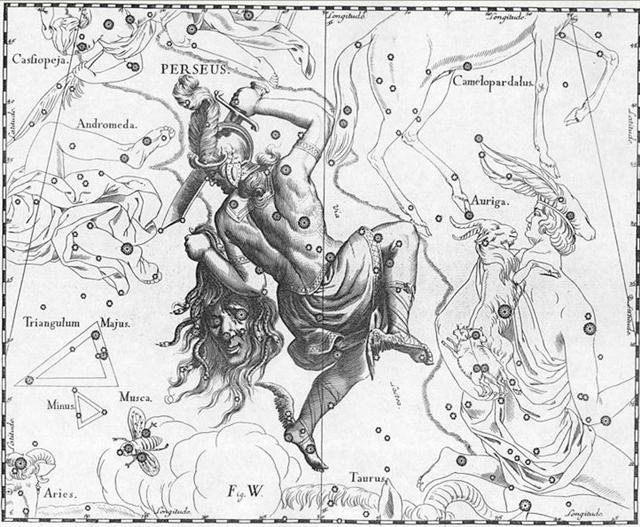
|






















